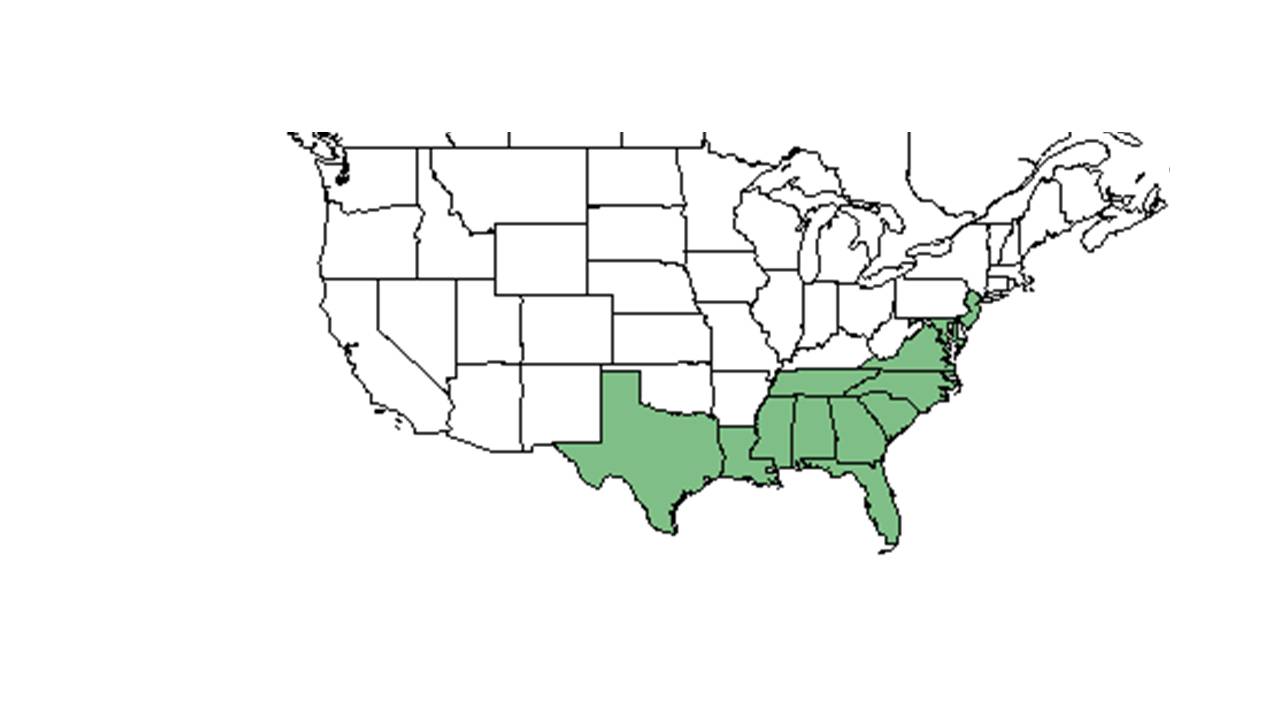Difference between revisions of "Dichanthelium leucothrix"
KatieMccoy (talk | contribs) |
KatieMccoy (talk | contribs) |
||
| Line 26: | Line 26: | ||
==Ecology== | ==Ecology== | ||
===Habitat=== <!--Natural communities, human disturbed habitats, topography, hydrology, soils, light, fire regime requirements for removal of competition, etc.--> | ===Habitat=== <!--Natural communities, human disturbed habitats, topography, hydrology, soils, light, fire regime requirements for removal of competition, etc.--> | ||
| + | ''Dichanthelium leucothrix'' can occur in longleaf pine-wiregrass flatwoods, and cypress-gum depressions in flatwoods (FSU Herbarium). | ||
| + | |||
===Phenology=== <!--Timing off flowering, fruiting, seed dispersal, and environmental triggers. Cite PanFlora website if appropriate: http://www.gilnelson.com/PanFlora/ --> | ===Phenology=== <!--Timing off flowering, fruiting, seed dispersal, and environmental triggers. Cite PanFlora website if appropriate: http://www.gilnelson.com/PanFlora/ --> | ||
===Seed dispersal=== | ===Seed dispersal=== | ||
Revision as of 15:06, 3 November 2015
| Dichanthelium leucothrix | |
|---|---|

| |
| Scientific classification | |
| Kingdom: | Plantae |
| Division: | Magnoliophyta - Flowering plants |
| Class: | Liliopsida – Monocotyledons |
| Order: | Cyperales |
| Family: | Poaceae ⁄ Gramineae |
| Genus: | Dichanthelium |
| Species: | D. leucothrix |
| Binomial name | |
| Dichanthelium leucothrix (Nash) Freckmann | |

| |
| Natural range of Dichanthelium leucothrix from USDA NRCS Plants Database. | |
Common name: rough panicgrass
Contents
Taxonomic notes
Description
Distribution
Ecology
Habitat
Dichanthelium leucothrix can occur in longleaf pine-wiregrass flatwoods, and cypress-gum depressions in flatwoods (FSU Herbarium).